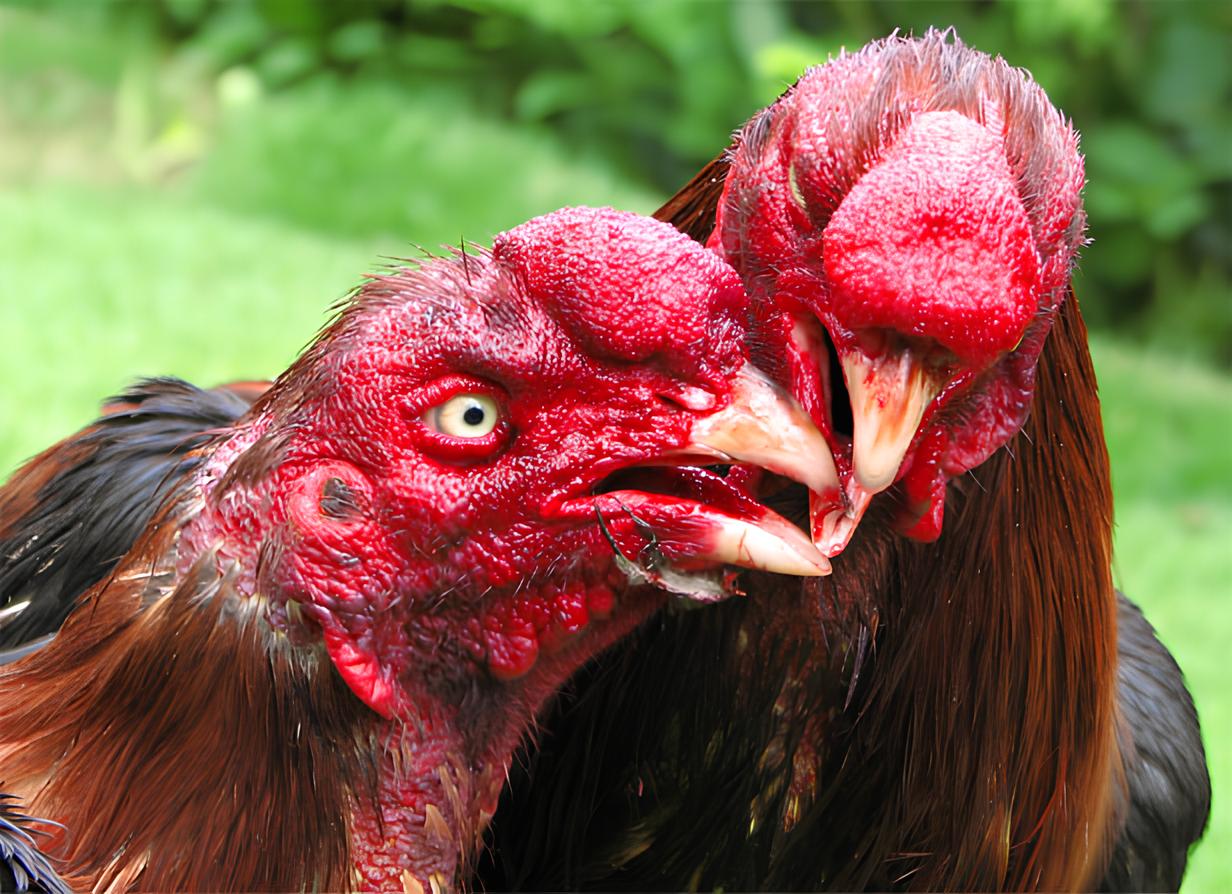Technological advances have enabled Japanese researchers to develop an artificial intelligence capable of decoding the vocalizations of gallinaceous birds (hens and roosters, to be precise). This discovery, based on a technique called Deep Emotional Analysis Learning, offers a unique insight into the emotions of these birds. By identifying feelings such as hunger, fear, or joy, this innovation could improve animal well-being and enrich our interaction with them.
Human-animal interaction has always been at the heart of societal concerns as we seek to decipher the behaviors and emotions of the living beings around us. Technology is playing an increasingly important role in this quest for understanding.
Recently, a team of Japanese researchers brought to light a novel approach: the use of artificial intelligence (AI) to translate the vocalizations of hens and roosters. Professor Adrian David Cheok of the University of Tokyo, who is well-known for his work on sex robots, led the project. This breakthrough could not only change our relationship with poultry but also lay the foundations for a new form of interspecific communication. The study is available on the Research Square preprint platform, pending peer review.
Understanding Gallinaceous Emotions
Artificial intelligence is at the heart of many technological advances today. In this context, an innovative technique called Deep Emotional Analysis Learning (DEAL) has been developed. This method aims to decipher the vocalizations of hens and roosters.
The tool developed is capable of recognizing and interpreting various emotional states expressed by these gallinaceous animals, ranging from hunger and excitement to feelings such as fear and anger. To achieve these results, the team had to train the AI using an extensive database. Nearly 100 hours of recordings of hens and roosters were used to train the AI.
Thanks to this intensive training, the tool can now determine the emotional state of a hen or cockerel with an impressive 80% accuracy, whether to identify a happy, sad, or frightened individual. This breakthrough represents a major step forward in our understanding of animal behavior and paves the way for new perspectives on animal welfare.
A Multidisciplinary Collaboration
The development of artificial intelligence, however sophisticated, requires a solid knowledge base to ensure its accuracy. In the case of the AI developed to decipher the emotions of gallinaceous birds, this base could not come from digital data or sound recordings alone. It was essential to incorporate human expertise to give meaning to this data.
This is why the research team chose to work closely with specialists in animal behavior: eight animal psychologists and veterinarians. They helped contextualize the birds’ vocalizations, associating each sound with a specific emotional state. Thanks to their contributions, the AI was trained with a more holistic perspective, combining cutting-edge technology with human expertise. It doesn’t just mechanically translate sounds into emotions. It has refined interpretative ability.
